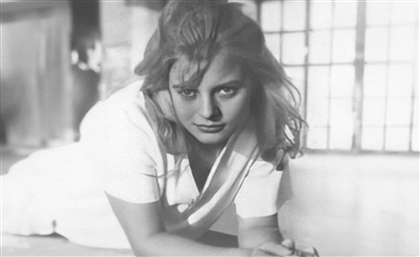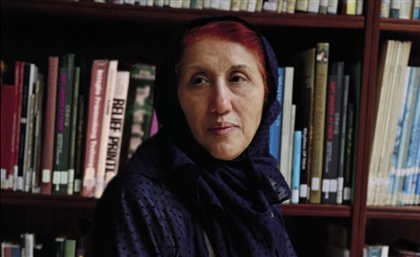Framing History: Cairo’s Storied Van Leo Photography Studio
The Armenian-Egyptian photographer’s collection tells half-a-century of Cairene stories.

The idea of Cairo’s lost cosmopolitan past - beset by glamour and glitz, multilingual and vivacious, a city of dandy men in pin-striped suits and perfectly-coiffed women in the shortest skirts - has been extensively reminisced upon in the modern day in literature, in art and in conversations with the older generation who experienced it first hand. Putting aside whether it is correct or not to reimagine the city through these lenses, it is perhaps more important to examine the archival photographs of Cairo’s citizens - both ordinary and extravagant - to give a more clear image of what daily life might have looked like in the city’s ‘golden era’.
In searching for such images, the name of a certain avant-garde photographer Van Leo would immediately strike the eye. His signature etched in the corners of his immense oeuvre of studio photographs, Van Leo was the go-to Cairene photo studio of its day, boasting the likes of famed Egyptian writer Taha Hussein, as well as gilded actors of Egyptian cinema Omar Sherif and Dalida, amongst its clients.

Van Leo, aka Levon Boyodjian, was born an Armenian subject of the Ottoman Empire on November 20th, 1921. Along with many of the Empire’s Armenian subjects, the Boyodjian family fled to Egypt in the wake of the Armenian genocide. Since his childhood, the would-be artist was fascinated with the art of photography, collecting stylised posters and postcards of Hollywood stars. A short-lived student at the American University of Cairo, Van Leo dropped out after one year at the institution to become an apprentice in the field of photography at Venus Studios in 1940.
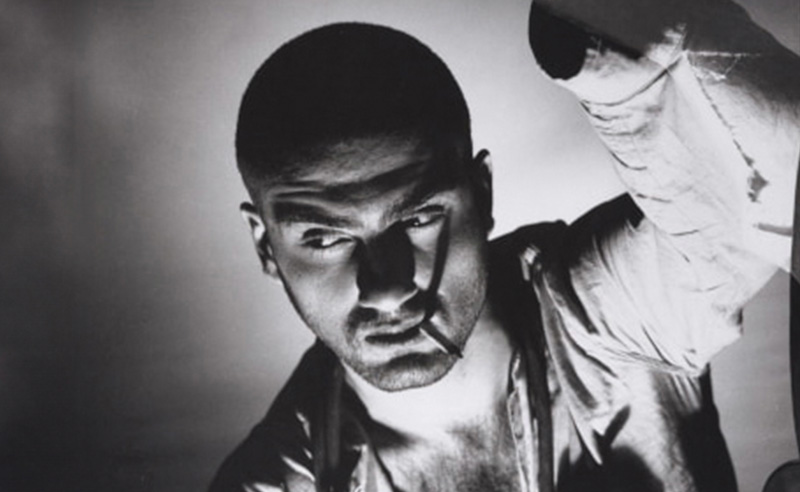
Coinciding with World War II, and as a result of Egypt’s strategic place in the world, Van Leo rubbed shoulders with numerous soldiers of the British Empire stationed in the country, from Australia to South Africa, while he was working at Venus Studios. It was during his apprenticeship with a certain Mr. Artinian that a young Van Leo drifted from classical studio portraiture and began experimenting with bold and modernist lighting and shadow techniques in his work. Not being allowed to practise his modernist techniques in the orthodox studios of the day, Van Leo took to honing his skills through self-portraiture, many of which survive to this day.
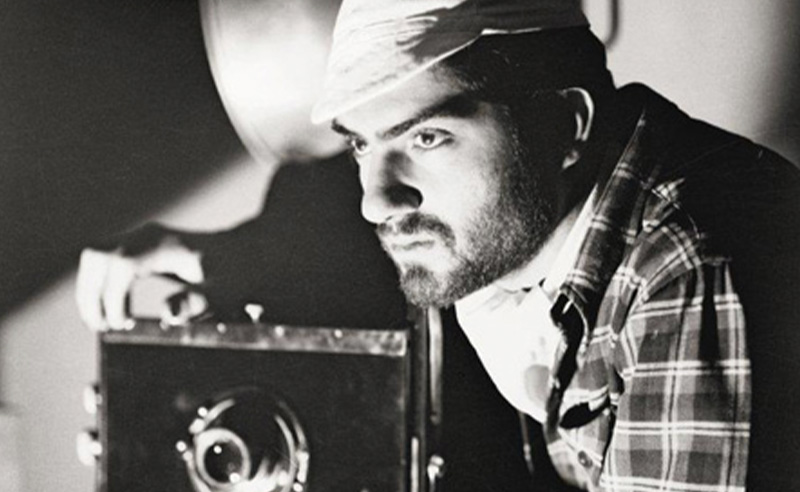
Discovering his appetite for the unorthodox, Van Leo founded his own studio along with his brother Angelo in 1941. The two quickly joined the city’s glitterati, frequenting the elegant and ritzy cafes, nightclubs and bars which dotted Cairo’s nightlife scene. It is from these connections that Van Leo would acquire his name amongst high society, the artistic classes, and members of the city’s moneyed foreign citizens. In 1947, Van Leo would acquire his chic permanent premises at 7 Avenue Fouad (modern-day 26th of July Street in Downtown Cairo). Considered the city’s smartest avenue at the time, 7 Avenue Fouad was often compared to Paris’s Champs-Elysees or London’s Oxford Street with its fashionable department stores, fancy townhouses and apartment blocks in which dwelled members of society’s aristocratic, financial and artistic elites. Van Leo’s clients therefore need only have trotted down the street to their favourite photograph studio. The storied location would remain the photographer’s place of operations until it closed in 1998.

In its heyday, appointments were de jure; calling on the photographer unannounced was completely prohibited. Stressing Van Leo’s acumen, the photographer’s biographer Barry Iverson wrote of him, “He had no secretary to usher in clients, no accountant to maintain the books, no lab assistant to process his film, and not even a studio assistant to change light positions, or lift his heavy wooden studio camera. Unlike other studio owners, Van Leo did not keep his door open to attract business. Clients had to either ring the bell or call for appointments.”
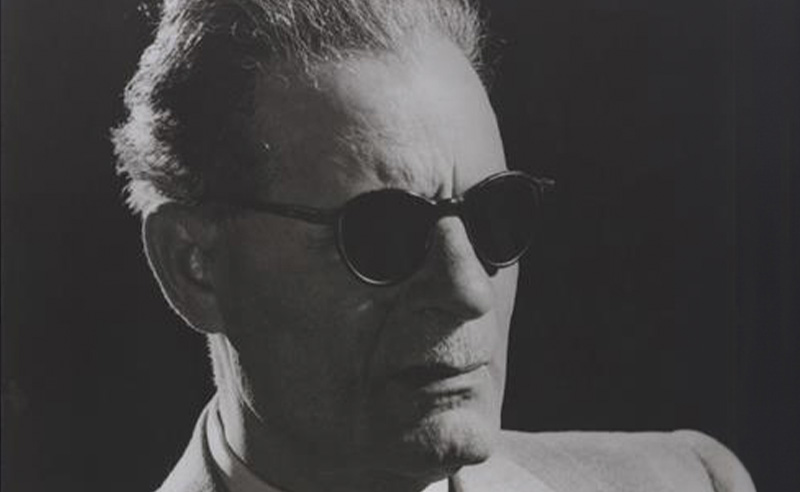
His collection of photographs tell the story of modern Egypt. Through family portraits, ballerinas posing, moneyed heiresses smoking, meditations on masculinity and femininity, the ordinary man, and stars of the Egyptian cinema, Van Leo artfully captured half a century of Cairene life in his works.
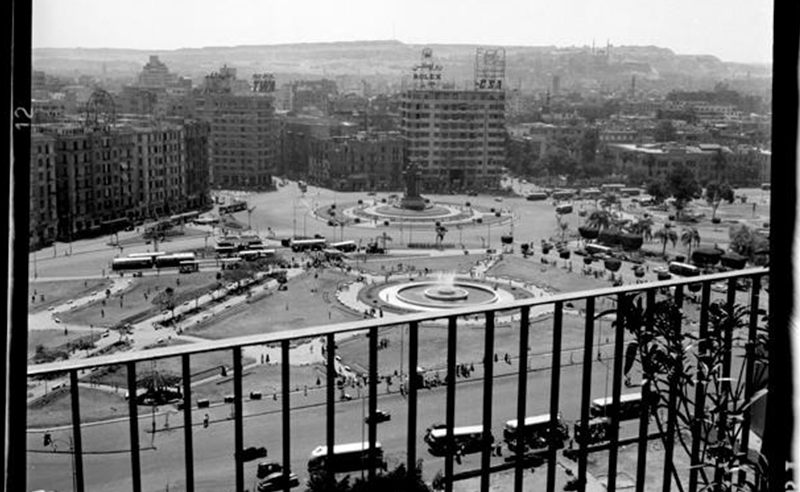
Succumbing to illness and old age, the photographer closed his studio at Avenue Fouad in 1998 after 51 years of operation. He passed away in 2002, and is buried in Cairo’s Armenian cemetery. At his death, his works were donated to the AUC’s Special Collections Library, fulfilling his wish that his art would be kept as a complete collection in Egypt. The collection is accessible to the public via appointment.
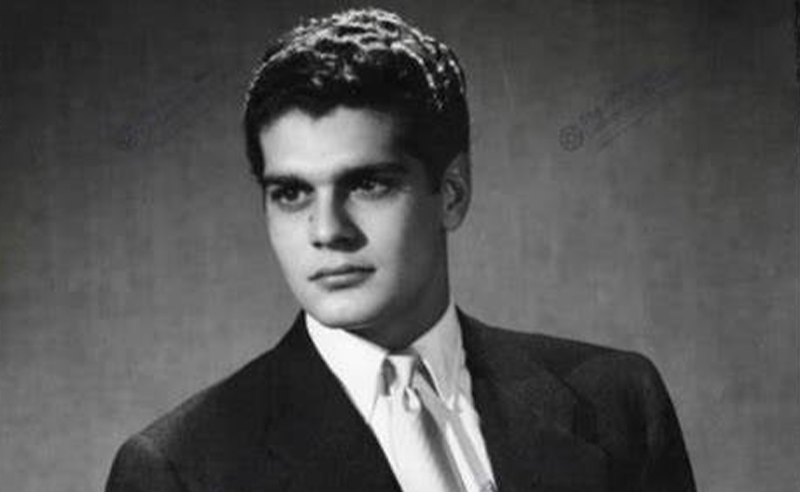
After Van Leo’s death, Iverson wrote, “In 1944, Van Leo visited an Armenian fortune-teller who told him that he had a good heart and predicted that he would find what he wished for in life. He would become a great photographer, travel widely, and create work, which would be recognized by a museum. AUC has acknowledged his greatness, and as custodian of the Van Leo collection, is fulfilling his dream of having his legacy honoured.”
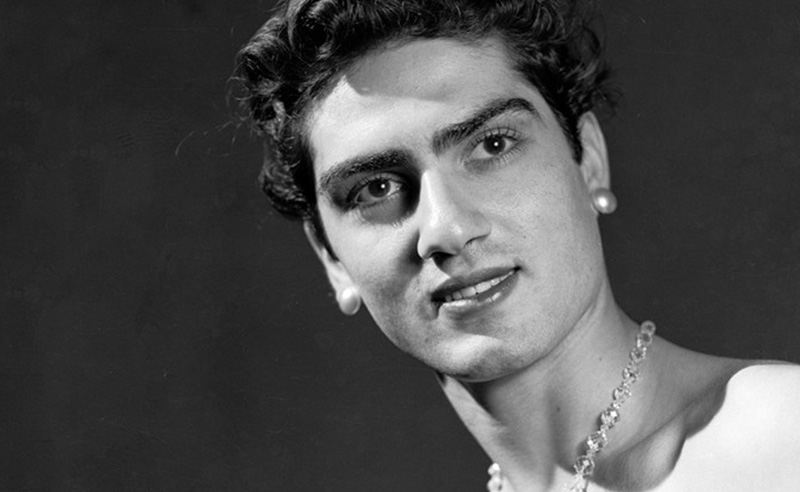
- Previous Article Tortina & 30 North Release Sweet and Aromatic Spanish Latte Cake
- Next Article Travel Across History on Egypt's Most Iconic Bridges
Related Articles
Trending This Week
SceneNow TV
Events Calendar





